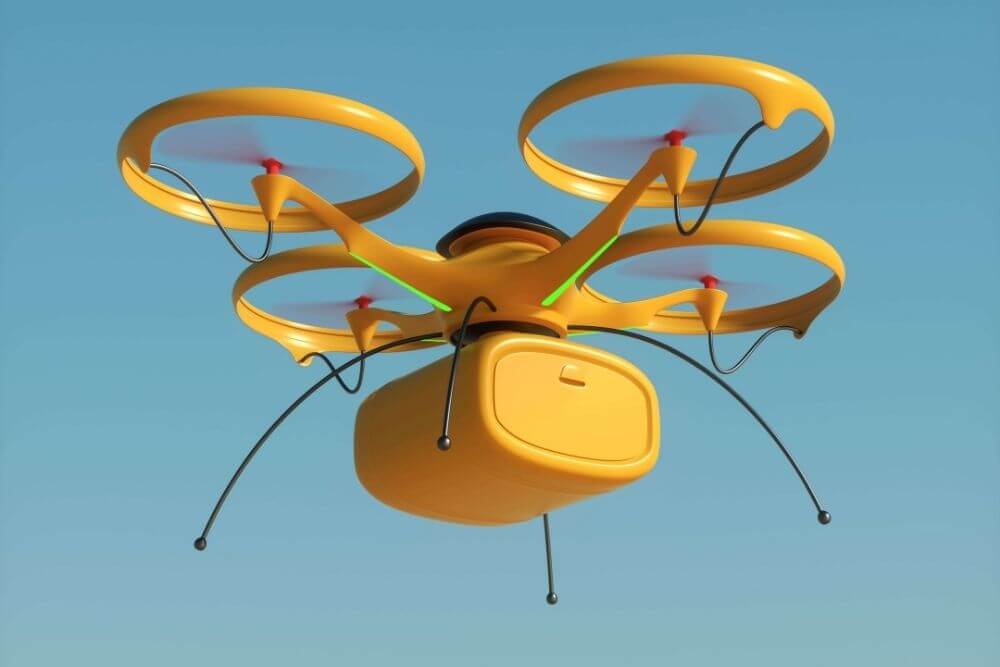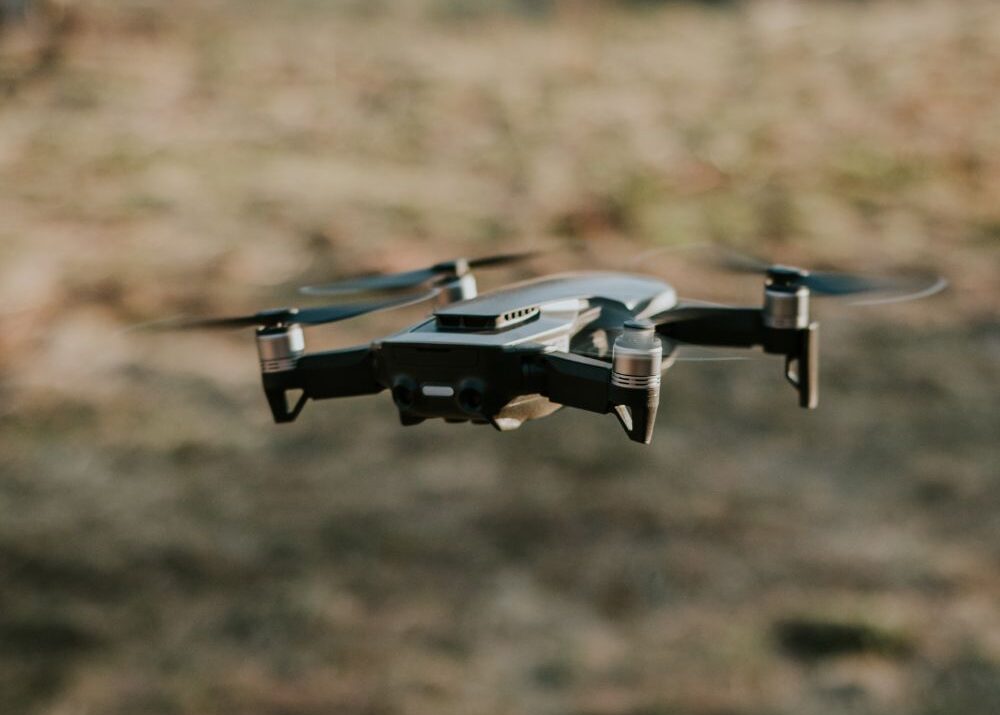AI tools are reshaping QR code generation—from branding to fraud checks. That’s why the global QR market is projected to reach $3.78B in 2025
Learn how AR campaigns driven by QR codes are changing customer experience—from product overlays to interactive packaging and immersive ads

